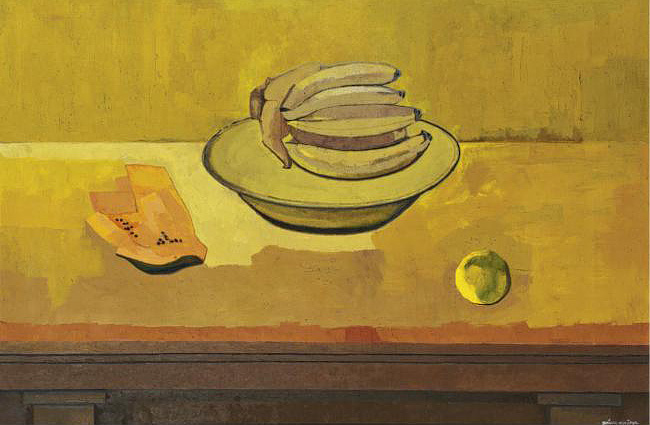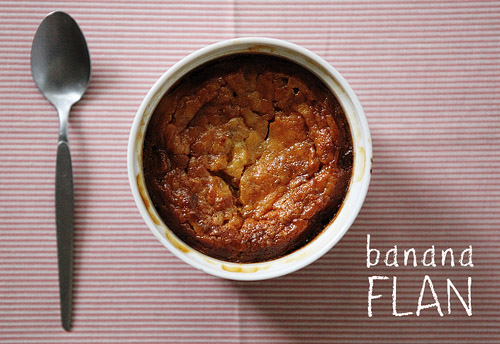Yellow is a colour of juxtapositions. In the natural world, animals and insects cloak their bodies (often in conjunction with the colour black) to signify poison, danger. Likewise, it is the colour of death, the sallow skin of a sick person and the brilliant autumnal yellow of leaves before they fall to the ground. The colour is derived from a number of materials including some of the most dangerous in the world, cadium sulfide, lead chromate and the pigment named orpiment made from arsenic. Orpiment, or King’s Yellow/Chinese Yellow, touches upon other connotations of the colour, power and wealth. As the colour of gold, the pigment was used to paint the halos of angels and the garments of the Hindu god Krishna. In China, yellow robes were reserved for only the Emperors to wear, hence the name King’s Yellow. As the embodiment of sunshine, yellow was most commonly derived from saffron, the stigmas of the crocus. The deep golden hue was used to stain foods and fabrics alike and is still today, the world’s most expensive spice. There are a number of food connotations with regard to the colour, hues vary from maize to mustard – popular colours in the 70’s appearing on a number of goods including bell bottoms and retro lamps – to the vibrant tones of lemon and apricot. Generally considered a happy colour, perhaps it is the sunshine-like colouration of citrus fruits that in conjunction with the bright flavour, that help to dispel the dark days of winter.

Still Life with Bananas is a typical still life subject by the artist Gustavo Montoya. He often painted the fruits and sweets of his native Mexico and the bright, monochrome colour palette highlights his interest in abstraction. The layering of colour from the bright yellow, to a light orange and dark brown suggests the colouring of a flan with the rich caramel crust, pool of caramel sauce and light creamy custard. Flan is a custard dessert that is poured over a layer of caramel and baked in a bain-marie. The etymological origins of flan are quite convoluted and can be traced through French, Old French and Medieval Latin before arriving at the Old High German root flado meaning ‘flat cake.’ In Latin American, the dessert is typically called leche flan as it is primarily served with dulce de leche. The deeply sweet and rich flavor components of dulce de leche are echoed in this flan recipe through the addition of condensed milk.

Banana Flan
Yields: 6 servings
1/2 cup sugar
250 ml evaporated milk
2 ripe bananas
1/2 cup whole milk
2 large eggs + 4 egg yolks
Preheat the oven to 340°F/170°C. In a small saucepan over medium-high heat, add the sugar and begin stirring with a wooden spoon. Once the sugar melts, after about 5 minutes, stir only until all lumps are gone and the colour just begins to darken. Carefully pour the melted sugar into the flan mold, or individual ramekins.
In a large bowl, add the remaining ingredients and mash with the back of a fork or squeeze the banana with your hands. Mix until there are minimal banana lumps and all of the ingredients are fully incorporated. Pour the mixture into the flan mold or ramekins on top of the melted sugar.
Place the flan mold or ramekins into a deep pan that is half full with hot water. Slide the water-filled pan with the flan mold into the preheated oven. Bake for about 1 hour and remove from the oven to let cool. If using a flan mold, turn over onto a serving platter.
………………………………………………..

14 comments
Beauty & the Feast says:
Feb 7, 2011
Warm, creamy, and delicious…this looks heavenly!
Julie says:
Feb 8, 2011
That flan looks decadent! Add another spoon for me.
sally says:
Feb 8, 2011
Yum! I’ve never had banana flan. It sounds like a great twist on traditional flan.
Jenny says:
Feb 8, 2011
Sounds wonderful. Where I live, banana pudding is popular, and I do love it. Can’t beat the custardy, banana goodness.
sara says:
Feb 8, 2011
Mmmm, this looks so tasty! Delicious photo. :)
Rosa says:
Feb 8, 2011
A great dessert! So soothing.
Cheers,
Rosa
Joanne says:
Feb 8, 2011
Now that i think about it, the color yellow really is full of contradictions! But I am without a doubt sure that this flan is delicious, even if it has yellow undertones!
lisaiscooking says:
Feb 9, 2011
I love flan, and I can’t believe I’ve never had a banana version. Sounds fantastic!
OohLookBel says:
Feb 9, 2011
That picture of the flan is gorgeous – I can almost taste its gooey goodness (fortunately for my waistline, it’s only a photo!)
shaz says:
Feb 9, 2011
What a lyrical description of the paint layering process Megan. Come to think of it, paint consistency is often quite custardy isn’t it :) Lovely flan, great way to use up the last bananas that always seems to go brown before I get a chance to eat them.
deana says:
Feb 10, 2011
Montoya’s colors are really something.. the soul of a banana in the paint. Love your flan… I need to use evaporated milk more often.
Heavenly Housewife says:
Feb 11, 2011
Bananas and flan? Wow, this yummy desert is totally mine!
*kisses* HH
Bren says:
Feb 19, 2011
i’ve made banana flan before and i love it! i mean caramel and that fruit just go hand in hand. i loved the story about yellow and what it represents. great still art, too!
Stephen Weinstein says:
Sep 16, 2011
Gustave Montoyo’s Still life with Bananas is a great example of how limiting color is not limited. To me, if done well, it can create a richer visual experience than a painting with a broad spectrum of color.
At art school, a zillion years ago, we were given a homework assignment that asked us to create a collage only using variations of only one color.
It forced us to explore the limitless range of color in one color. It was a great eye opener.